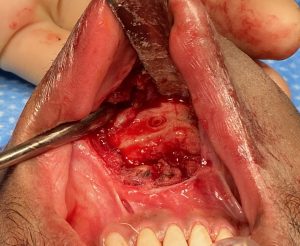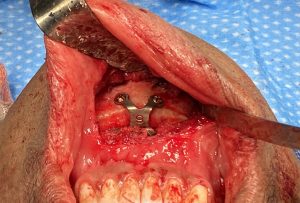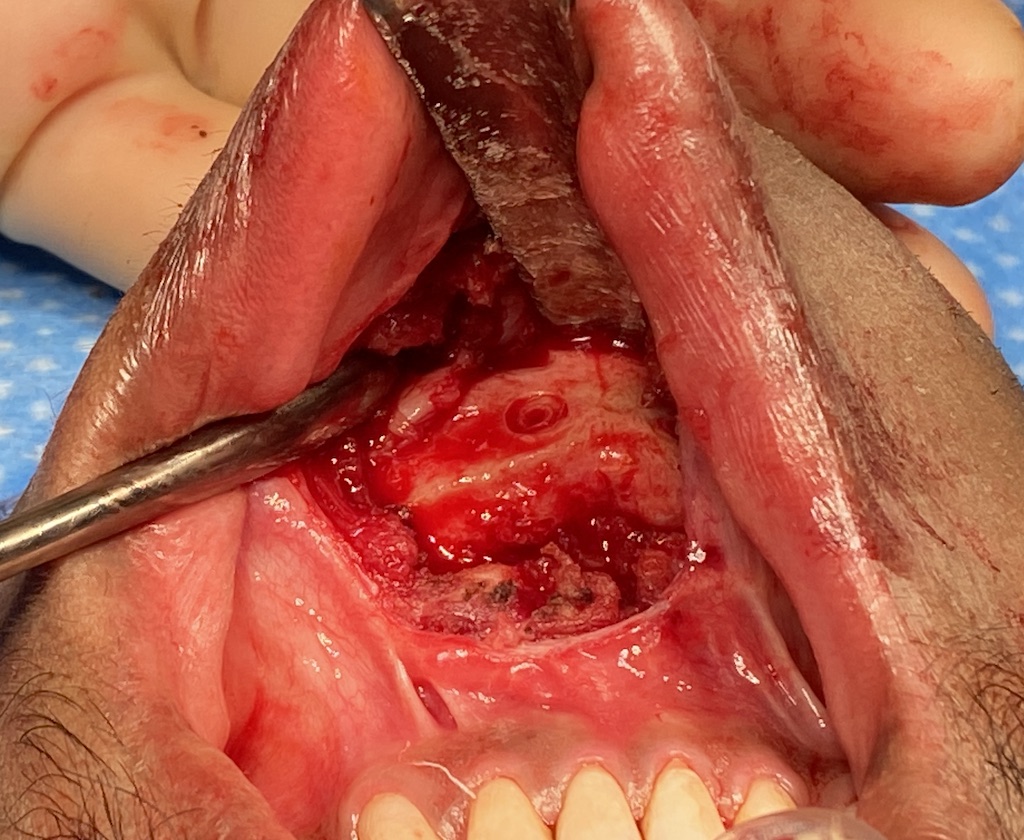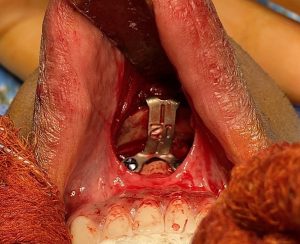The sliding genioplasty is the bony chin augmentation method that has a very long surgical history. In the traditional method it is an angled bone cut from the middle of the chin backwards going below the mental nerve and ending at the inferior border. This creates a down fractured bone segment that can be moved forward and/or upwards/downwards to be secured into the desired position.
But like any aesthetic procedure, and all forms of chin augmentation are the same, the patient’s aesthetic satisfaction with the result is never guaranteed…no matter how much preoperative thought was put into the surgical plan. While the sister chin operation, an implant, can be relatively easily modified or reversed, what about the sliding genioplasty operation? Little information is available about whether sliding genioplasty reversals can be done and how they are done.
Like all aesthetic operations when to do a revision should await until the full result can be seen. For the chin this is a minimum of 6 weeks and more ideally 3 months. Some patients may feel stressed to do it sooner, and I would not deny them if they are really possessed to do so, but how the chin may look at 3 weeks can change significantly by 3 months. Some patients may feel the need to get it reversed as soon as possible based on the premise that once the bone heals it can never be changed…but that is not true.


Interestingly of all the sliding genioplasty reversals I have done I have yet to have a request for a decrease in the amount of vertical lengthening done. This may be that pure vertical chin lengthening cases are far fewer than those done for pure horizontal movements. It may also be that many cases of vertical chin lengthening are smaller in magnitude as surgeons tend to be less bold in that directional change.
Dr. Barry Eppley
World-Renowned Plastic Surgeon




